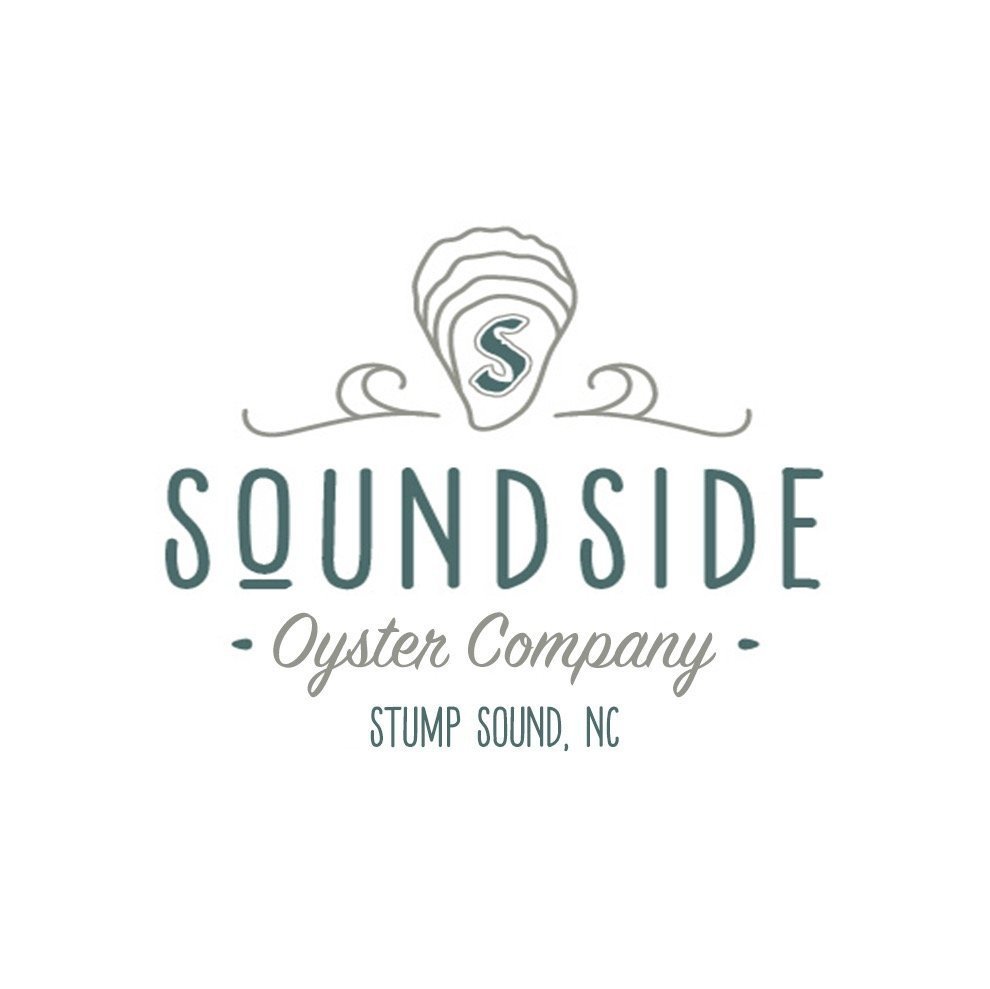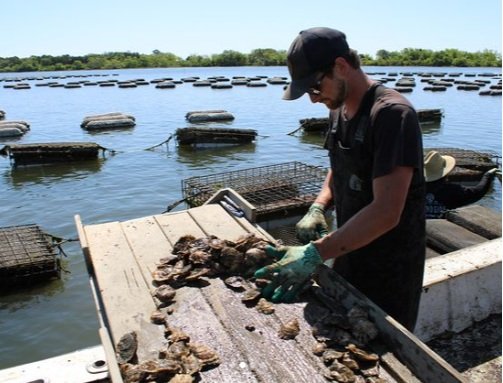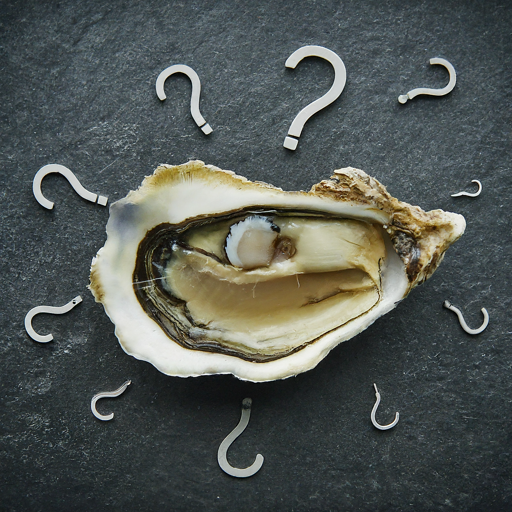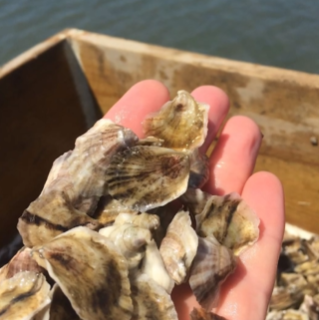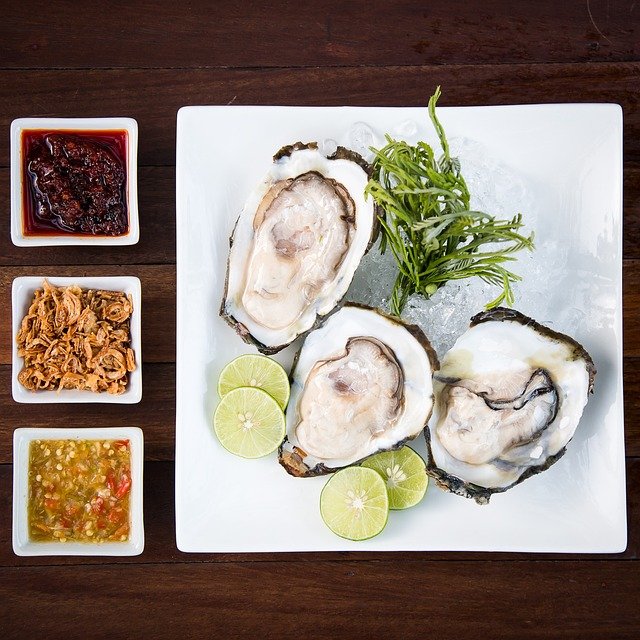Coastal North Carolina is the perfect home to a wide variety of marine life, and one of the most iconic is the Eastern Oyster, also known as Crassotrea virginica. This unique variety of bivalves holds a special place in North Carolina’s culinary and ecological landscape.
The Eastern oyster, Crassostrea virginica is a species that is native to both the Atlantic and Gulf coasts of North America. This oyster specifically thrives in the brackish waters of our local estuaries and sounds, they are renowned for their distinctive flavor and indulgent texture. This oyster species is a staple of coastal Carolina cuisine for centuries and is sought after by seafood connoisseurs and chefs. These oysters typically develop a deep “cupped” appearance and make for a decadent treat.
One thing that really identifies Crassostrea virgnica is the fact that it’s remarkably adaptable to a wide variety of environmental conditions. This North Carolina oyster thrives from the salty Outer Banks waters to the nutrient-rich estuaries of Pamlico Sound. These bivalves are extremely resilient and thrive in a diverse habitat along North Carolina’s coastline.
While these oysters are extremely delicious they also play a large part in benefitting the overall health of coastal ecosystems. Since oysters are filter feeders they help improve the water quality by feeding on algae and other organic materials. Oyster farms and reefs also provide a great and safe habitat for other marine species like fish.
Oyster cultivation has been a large part of coastal North Carolina communities for decades. Aquaculture has provided sustenance and increased job availability for many individuals.
The Eastern oyster, Crassostrea virginica, acts like a symbol of sustainability and culinary excellences in North Carolina. They can be enjoyed on the half-shell, grilled, or prepared as part of a gourmet dish.
